Interactive Contact Center Staffing Calculator
Estimate how many contact center agents you need to run your call center. Use your average handle time and desired service level to see the number of agents required. No complex spreadsheets, no guesswork.
How to use
- Enter calls per interval.
- Enter the average handling time in seconds.
- Enter target service level (the percentage of calls answered within your threshold).
- View results: required agents, expected occupancy rate, and projected wait time.
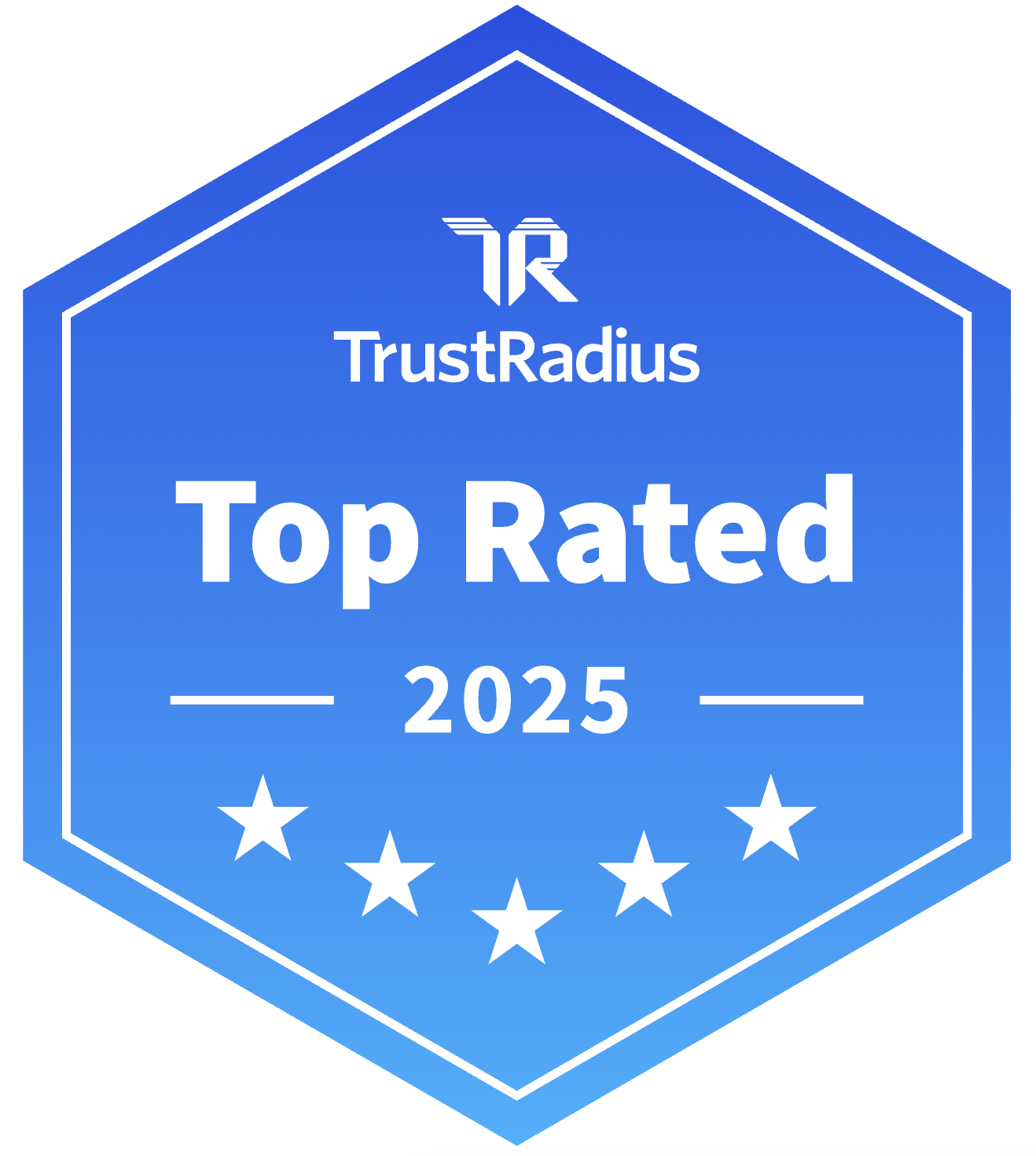
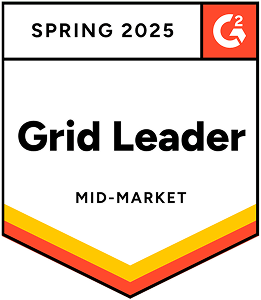
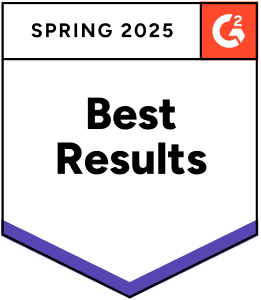
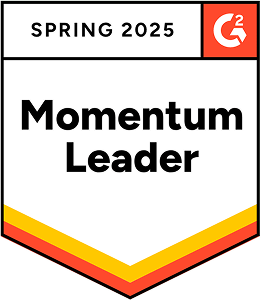
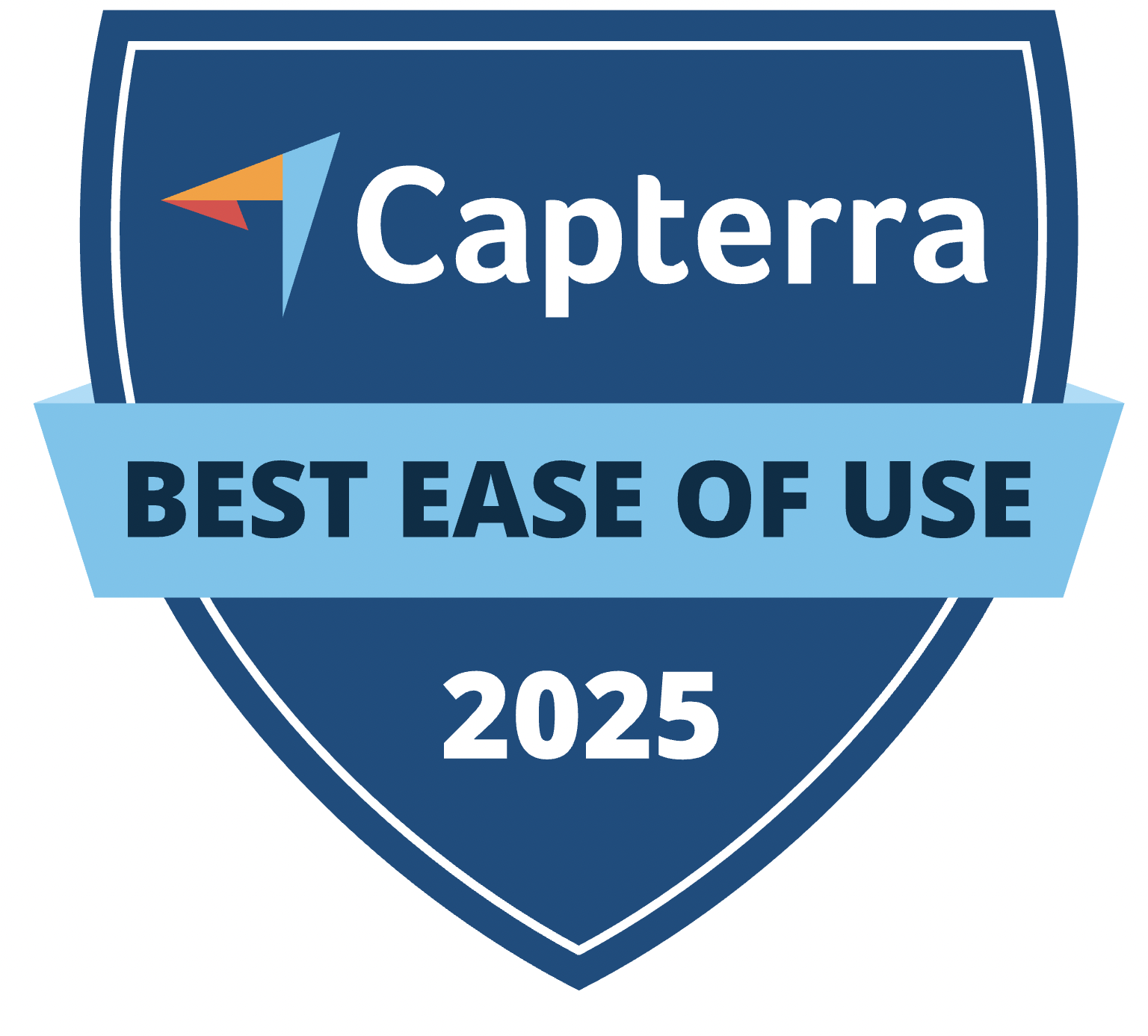
We’re committed to your privacy. Nextiva uses the information you provide to us to contact you about our relevant content, products, and services. You may unsubscribe from these communications at any time. For more information, check out our Privacy Policy
Upgrade to the Best Contact Center Solution
Ready to simplify staffing and deliver outstanding service?
- Automate your staffing calculations
- Integrate forecasts into your scheduling tool
- Improve service levels while controlling costs
- Manage multi-channel, inbound, and outbound contact centers easily
Staffing contact centers is a balancing act, one that shifts by the hour, day, season, and even by specific campaigns or unexpected outages. A simple average of headcount or historical volume masks the peaks and valleys that drive customer satisfaction (CSAT), service-level agreements (SLAs), and overall cost efficiency. Without the right blend of resources, organizations either overcommit payroll or scramble to meet surges, both of which leave money and customer loyalty on the table.
Common Staffing Pitfalls
Understaffing at peak often leads to dramatic spikes in hold times and abandonment rates. When wait times stretch, CSAT dips and potential revenue slips away. Delayed backlogs cascade into overtime, drawing supervisors away from coaching and quality oversight.
Overstaffing during lulls creates paid idle time with minimal impact on the speed of answer. It bloats the cost per contact and can obscure deeper process inefficiencies that remain unaddressed.
These swings are exacerbated by workforce volatility—turnover rates between 30% and 45% annually—along with shrinkage factors like breaks, training, and unplanned outages. Even a team roster that looks adequate on paper can leave critical queues understaffed if skill coverage doesn’t match the actual channel mix.
Addressing the Challenges with Better Planning
A proactive workforce plan starts by moving beyond headcount targets to model real capacity. By incorporating schedule adherence, skill requirements, and shrinkage assumptions into resource forecasts, leaders can create staffing profiles that align with true demand patterns.
This means:
With these measures in place, contact centers minimize both excessive idle time and risky understaffing.
How the Staffing Calculator Brings It All Together
Rather than relying on manual averages, the staffing calculator simulates customer arrivals, average handle times (AHT), and shrinkage to pinpoint the exact number of agents needed for each interval and target occupancy. By modeling queue behavior, it exposes the tradeoffs between cost, wait time, and risk—making it easy to test “what-if” scenarios that justify budgets, optimize hiring plans, and secure SLA performance without constant firefighting.
Calculator Basics
The staffing calculator uses an Erlang C model. Think of it as air traffic control for phones: it measures traffic intensity (calls × handle time) against available runways (agents). It indicates how long each plane (call) will wait, as well as how busy each runway will be.
Key inputs
Key outputs
Adjusting any input instantly updates the outputs, so you can simulate different scenarios: higher than average spikes, longer handling during promotions, or reduced volume on holidays.
See Nextiva Contact Center in action.
Seeing is believing. Nextiva Contact Center is the best solution for sales, service, and support teams. Take it for a spin in our interactive demo.
Call Center Benchmarks
Staffing needs vary by industry.
Below is a summary of typical call volumes, handle times, and metrics by vertical.
Calls/hour = occupancy × 3600 ÷ AHT(seconds). Assumes 85% occupancy (a common upper bound in WFM practice).
Use these benchmarks as starting points. Your own data may vary based on call complexity, training levels, and system integrations.
Contact Center Staffing Best Practices
Use at least a 20 percent buffer if you lack precise shrinkage data.
Aim for occupancy rates between 75 and 85 percent. Higher occupancy leaves no room for unexpected spikes.
ASA, CSAT, and real-time occupancy—to measure staffing effectiveness.
Conduct quarterly workforce optimization reviews.
Adjust AHT assumptions, shrinkage rates, and planning intervals based on seasonal and industry trends.
Contact Center Staffing Methodology Explained
Erlang C remains the industry method for accurately estimating the number of agents you need for inbound call centers. It calculates the probability that a caller must wait before an agent is free and estimates average wait times. Here is how it works in simple terms:
Despite these limitations, Erlang C provides a reliable baseline for headcount planning, once adjusted for real-world conditions.
Turning Estimates Into Staffing Plans
To move from model outputs to actual schedules, follow these steps.
Data Extraction
Staffing Decisions
Convert required agent counts into hiring plans. If your peak staffing gap is 50 agents and training takes four weeks, start recruiting six weeks before the expected peak. Align hiring with seasonal volume patterns identified in your call history.
This tool helps you forecast theoretical call volume, but consider your historical and known business patterns before making important business decisions with this data.
Workflow Fit
Here are a few ways to integrate this free contact center staffing calculator into your workflow.
Nextiva is the #1 call center infrastructure provider on G2
Best CCaaS provider. Proven 99.9999% uptime. Billions of interactions.
Effective staffing drives customer satisfaction and ROI. According to Nextiva CX Trends 2025, 94% of companies report a positive ROI from their CX investments. Adequate staffing reduces escalations, speeds up response times, and leads to happier customers. Happy agents face less burnout, reducing turnover and training costs.
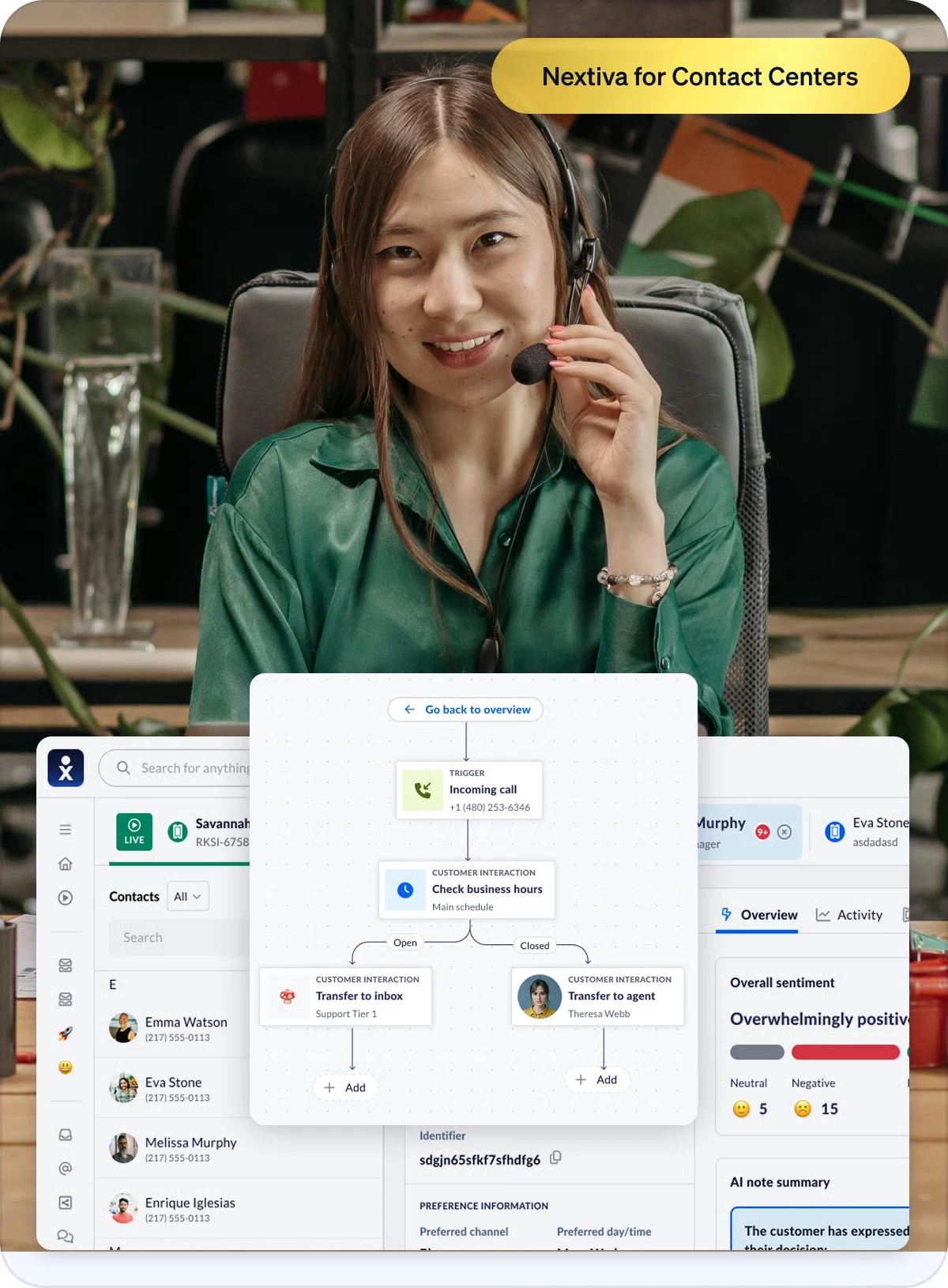
Nextiva Contact Center blends advanced forecasting, real-time analytics, and powerful integrations with popular WFM and CRM platforms. Use our forecasting tool to automate staffing calculations, get alerts when actual calls deviate from projections, and drill down into interval-by-interval performance.
-
Real-time analytics: See live adherence, occupancy, and service level.
-
Automated forecasting: Stop using manual Erlang C spreadsheets.
-
Shrinkage modeling: Include breaks, training, and absenteeism.
-
Seamless integrations: Send data to BI tools and WFM systems.
-
Expert support: Get best-practice guidance from workforce consultants.
Steve Wozniak
Co-founder at Apple
Grow your business with Nextiva.
Nextiva uses the information you provide to us to contact you about our relevant content, products, and services. You may unsubscribe at any time. For more information, check out our Privacy Policy.
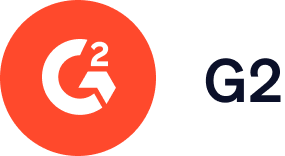


Benchmark Statistical Sources
- Healthcare Average Handle Time: Dialog Health
- Retail Average Handle Time: Nextiva
- Financial Average Handle Time: Observe.ai
- Telecom Average Handle Time: Observe.ai
- Travel & Hospitality Average Handle Time: Sobot















